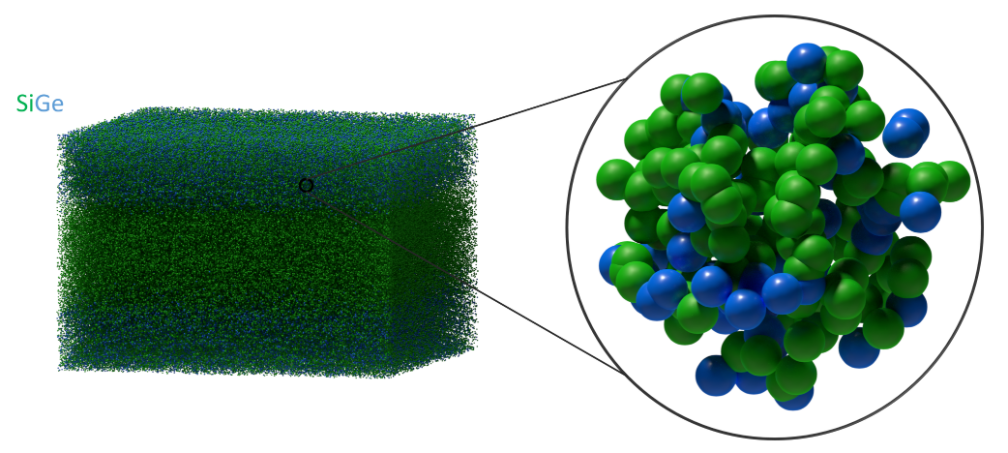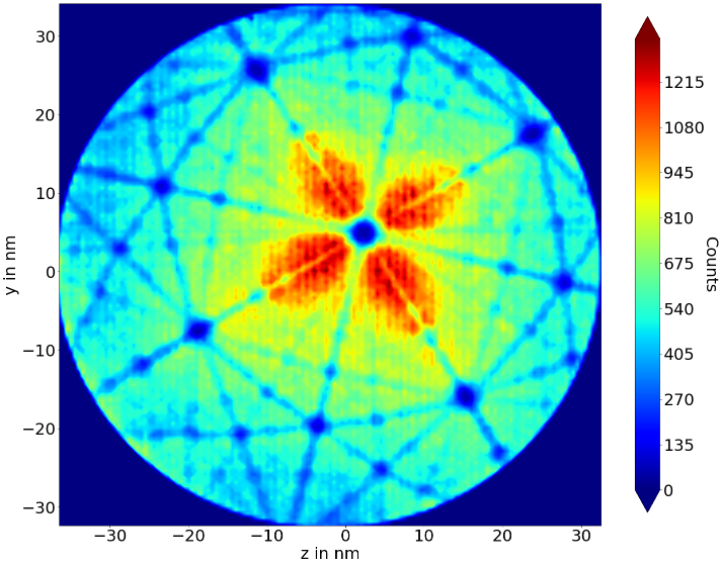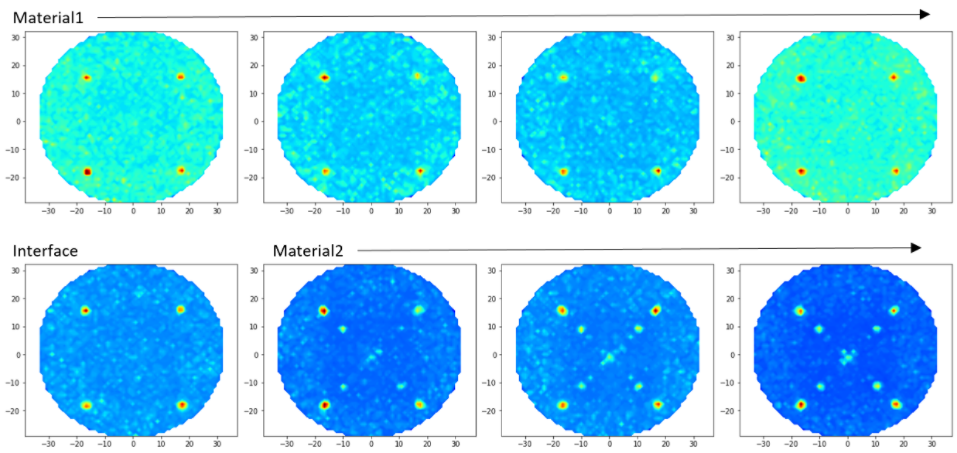Careers
Atom Probe data in Blender:
Project for high school students
Publication Date : 2nd of August 2023
Starting Date : August 2023
Location: Montreal, QC, Canada
This project is aimed at high school students that want to get to know a scientific working environment and are interested in computer graphics.
Atom Probe analyses generate three-dimensional data sets. In this project we encourage students to explore to utilize these data to generate still images and animations that highlight aspects of the analysis results or illustrate the mode of operation of the technique using the Free Open Source 3D-rendering software Blender. Students are encouraged to bring in their own ideas in creating an ecosystem to visualize Atom Probe data and operation in Blender. This may include the generation of scripts for example to quickly load the data into Blender.
If you are interested to work on this project, please contact: sebastian.koelling@polymtl.ca
Electrochemical etching of Atom Probe tips:
Project for high school students
Publication Date : 2nd of August 2023
Starting Date : August 2023
Location: Montreal, QC, Canada
This project is aimed at high school students that want to get to know a scientific working environment and are interested in hands-on work in a laboratory environment.
Atom Probe Tomography is carried out on sharp tips that have apex diameters almost a thousand times thinner than a human hair. Such tips are in general difficult to manufacture. However, some metals can be electrochemically etched using either a loop etching procedure or an electrochemical cell. Tips manufactured in this way are ideal to test the tools performance. In this project we will build such a setup together with a student, etch tungsten and aluminum tips and analyse them in our Atom Probe to evaluate the depth resolution of the tool under various measurement conditions.
If you are interested to work on this project, please contact: sebastian.koelling@polymtl.ca
Exploring neighborhood statistics in Atom Probe Tomography data:
Master's or PHD projects
Publication Date : 1st of August 2022
Starting Date : Anytime
Location: Worldwide
This project is aimed at students with a solid background in Mathematics, Physics or Computer Science and interest in Probabilities and Statistics.
Atom Probe Tomography results are 3D point clouds representing the position of the detected elements in space. During the analysis only a certain percentage of the elemental atoms are detected and furthermore during the data reconstruction, their positions are only estimated to within an accuracy of 3-7x the interatomic distance. Hence, the 3D point cloud only approximates the atomic positions in the real material but gives a fairly accurate image of the local chemistry on approximately a nanometer scale – or within volumes of a few 10 atoms.
In this project, we plan to use statistical methods to deduce information about the atomic arrangement in the real material from the 3D point cloud. Most notably, we want to explore whether the reconstructed APT data sets contain reliable traces of local ordering of the atoms as commonly found in III/V or II/VI semiconductors.
If you are interested to work on this project, please contact: sebastian.koelling@polymtl.ca

Figure : APT analysis result of a silicon quantum well sandwiched between silicon-germanium buffers and zoom in to a neighborhood of an atom and its 99 closest neighbors. Can the distribution of the elements in such neighborhoods reveal whether the material is random or has a local ordering?
The tip-shaped Atom Probe specimen as a Topological Manifold
Master's or PHD projects
Publication Date : 1st of August 2022
Starting Date : Anytime
Location: Worldwide
This project is aimed at students with a solid background in Mathematics or Mathematical Physics and interest in Differential Geometry and Algebraic Topology.
Atom Probe analyses are carried out using a tip-shaped specimen. Ions are removed one by one form the surface of the tip and then projected onto a single-ion detector about one million times the size of the tip. The tomographic data reconstruction is using the impact position on the detector to estimate the ions positions on the tip surface. In the current state-of-the-art model the tip surface as a hemispherical cap. This is clearly not accurate as the density of ions arriving on the detector is far from homogeneous as would be expected for a projection from a hemisphere.
In this project, we aim to utilize the density variations observed on an Atom Probe detector to model the shape of the tip. We aim to find a projection from a two-dimensional manifold onto the detector that is consistent with the observed distribution of density of ions on the detector and see whether it is possible to show that this two-dimensional manifold is a unique solution to the problem.
If you are interested to work on this project, please contact: sebastian.koelling@polymtl.ca

Figure : Desorption map of ions from an Aluminum tip as observed on an Atom Probe detector. The density of ions is clearly non-uniform. Can we model the shape of the tip surface using these data?
Linking patterns in series of desorption images acquired during Atom Probe Tomography
Master's project
Publication Date : 1st of August 2022
Starting Date : Q1 2023
Location: Montreal, QC, Canada
This project is aimed students with a solid background in Computer Science and interest in Pattern Recognition, Image Analysis and Machine Learning.
At PolyAPT we have developed methods to reveal crystallographic features in slices Atom Probe analysis. These features form patterns on the detector that depend on the crystallography of the analyzed material. When analyzing poly-crystalline materials or heterostructures of materials the crystallography and hence the patterns can change from slice to slice. However, any given revealed crystal feature can potentially be imaged in multiple slices before it disappears from the field of view.
In this project, we aim to find methods to go through the revealed features slice by slice and link features in the pattern if and only if the features are generated by the same underlying crystal structure in the two adjacent slices. In effect we aim to find out and track how many different crystal features are imaged throughout the whole measurement by linking or clustering crystal features that are imaged in multiple slices.
If you are interested to work on this project, please contact: sebastian.koelling@polymtl.ca

Figure: Crystal patterns revealed in a series of slices from a single APT analysis passing through the interface between two materials in a heterostructure. New features appear near the interface. Can we find a way to link related features and track them throughout the entire analysis?
© All rights reserved. PolyAPT 2022.
